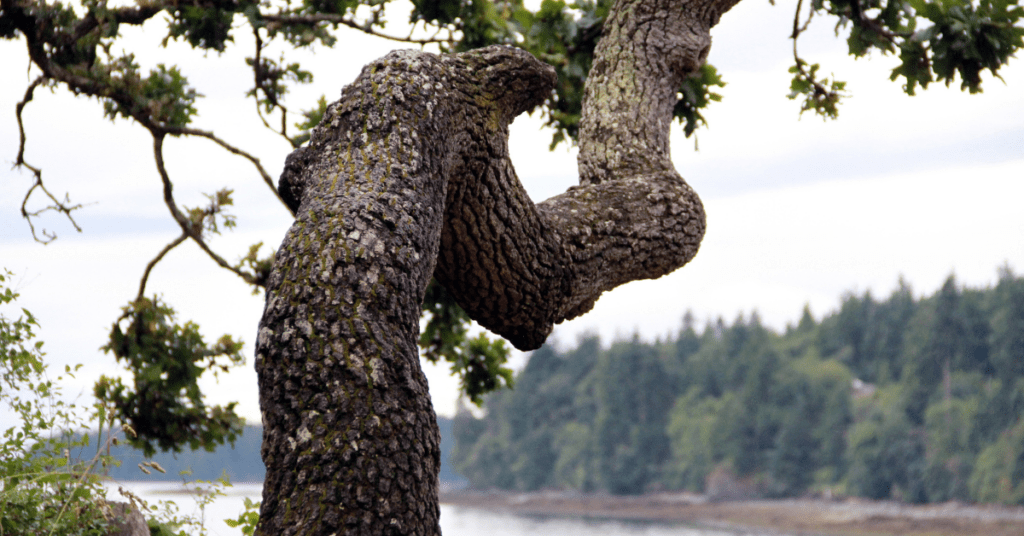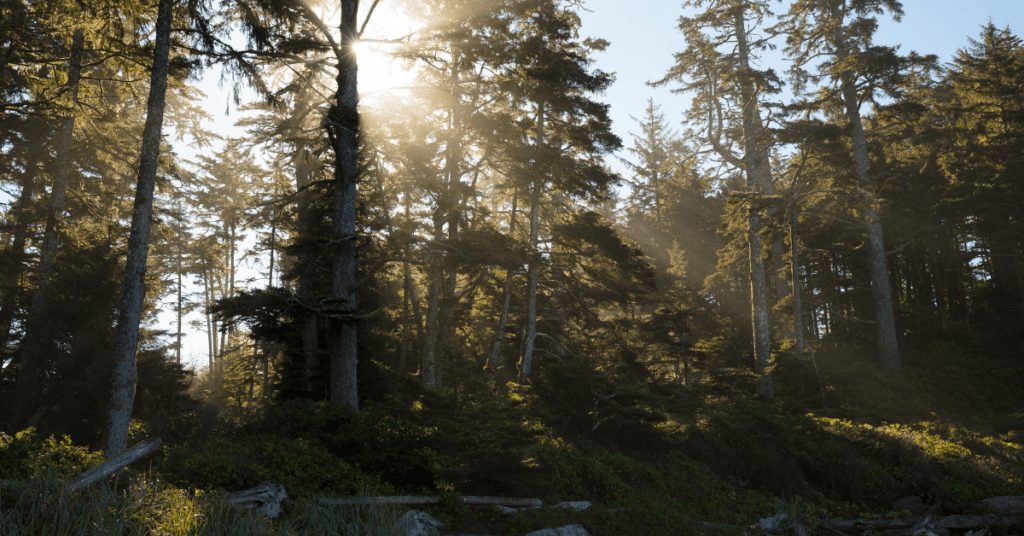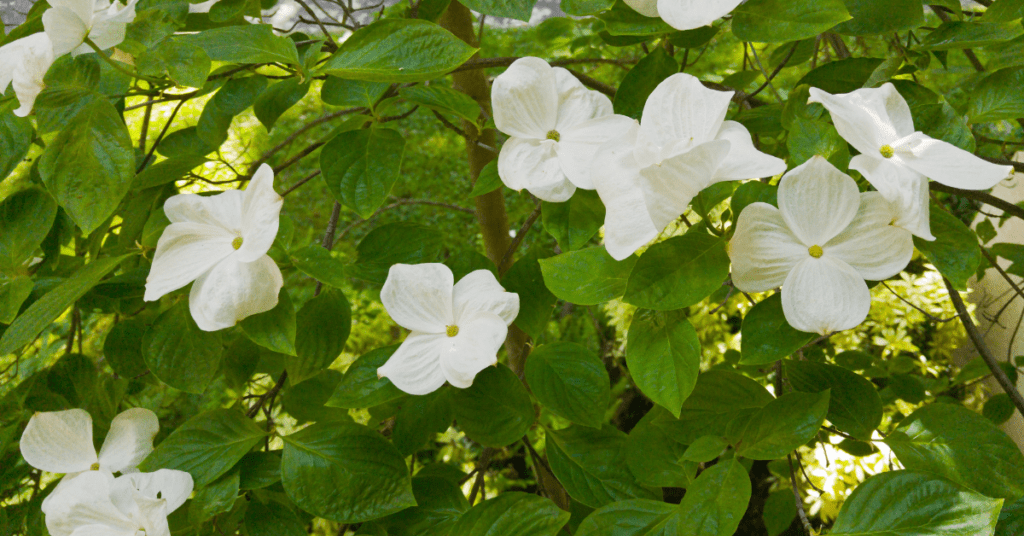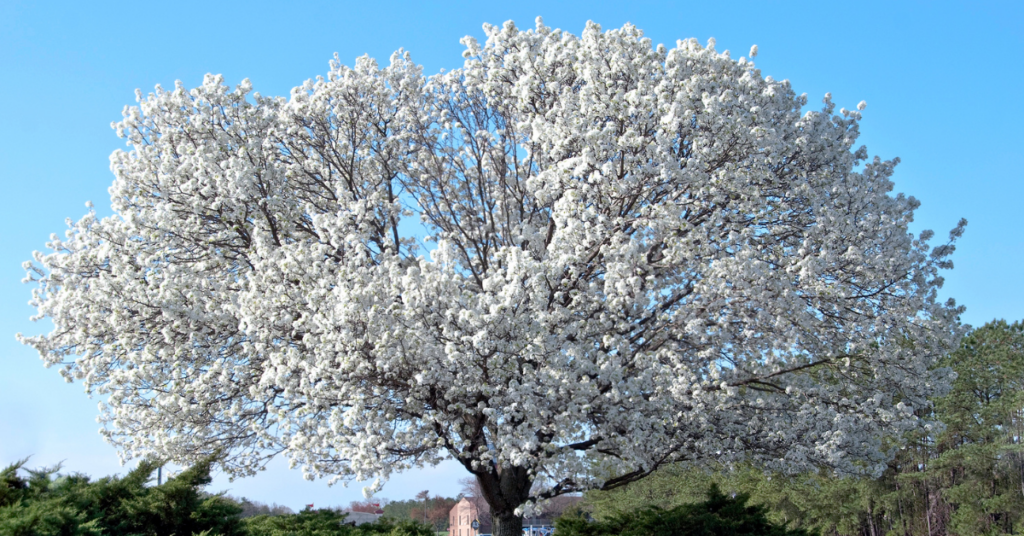Tree protection and preservation is of the utmost importance for the municipality of Victoria, BC. To ensure that trees can be enjoyed by generations to come, the city has a Tree Protection Bylaw (NO 21-035) that provides protection and guidelines for tree removal and pruning on private property. As local experts in arboriculture, we are dedicated to offering comprehensive tree services that align with Victoria’s unique environmental needs. This article will cover what trees are protected in Victoria, existing laws and regulations governing tree protection, penalties for removing a protected tree, implications of removing a protected tree on a development project, and alternatives to tree removal.
What is a Protected Tree in Victoria?
When considering the Tree Protection Bylaw in Victoria, “protected tree” can mean many things. Generally, any tree with a DBH (diameter at breast height) over 30 cm is considered a protected tree. A hedge containing any single stem with a DBH of 30 cm or greater is also considered protected. Furthermore, four specific species of tree – Garry oak, Arbutus, Pacific yew, and Pacific dogwood – are protected once they reach a height of 50 cm. Replacement trees (those planted after a permitted removal) and trees protected by covenant (must be confirmed with municipality) are also included in these definitions. Lastly, trees found on a slope with a grade of 33% or more over 10 metres or within 15 metres of a watercourse’s natural boundary are protected. Our arborists are experts in the care and management of Garry oak, Arbutus, Pacific yew, and Pacific dogwood, reflecting our dedication to Victoria’s distinctive natural heritage.

Existing Laws and Regulations Governing Tree Protection
The governing document for tree protection in Victoria is the Tree Protection Bylaw (NO 21-035). This bylaw sets out the laws and regulations regarding tree protection, and it came into effect on July 1, 2021. It is important for property developers to familiarize themselves with this bylaw before any decisions are made regarding tree removal or alteration. Our team offers consultations and assistance with permit applications, helping property developers and homeowners navigate these regulations efficiently.
Species of Trees Considered Protected
When it comes to deciding which trees are considered protected under the Tree Protection Bylaw, it doesn’t matter if a tree is a native or non-native species; all trees with a DBH of 30 cm or greater are considered protected. Furthermore, as mentioned above, Garry oak, Arbutus, Pacific yew, and Pacific dogwood are protected once they reach a height of 50 cm. Our team specializes in the care and conservation of these protected species, ensuring they continue to thrive in Victoria’s urban landscape.

Penalties for Removing a Protected Tree
Removing a protected tree in Victoria without a permit will result in a set fine of $1,000 per tree. Depending on the size of the tree, and the complexity of its removal, this could end up costing a significant amount of money, especially if the tree is too close to your house and could cause potential damage. To avoid such fines and ensure the health of your trees, our arborists can assess the health and stability of the tree, providing expert guidance on tree management.
Implications of Removing a Protected Tree on a Development Project
The implications of removing a protected tree on a development project are twofold. Firstly, there will be associated fines with the removal of a protected tree without a permit. Secondly, the loss of a protected tree will create a detriment in the urban forest landscape. Victoria has a goal of reaching a certain tree canopy density per lot, so the removal of a tree will negatively impact this goal. As well, trees removed without a comprehensive replacement plan, which should ideally take into consideration the best time of year to plant new trees, will add to the ever-declining urban forest tree population.

Alternatives to Removing a Protected Tree on a Development Project
Instead of removing a protected tree, sometimes the best option is to retain the tree and take steps to protect it during the development process, which can also include measures to prevent damage from storms and other external forces. Depending on the tree’s proximity to the proposed work, protection measures (fencing, mulching, etc.) may need to be put in place for the duration of the project, and then can be removed once completed. Pruning of the tree, which differs from simple trimming in its goals and techniques, to allow for clearance of buildings or construction equipment may be required as well, but is to be determined by the Project Arborist.
Conclusion
Victoria places a high level of importance on the protection and preservation of trees on public and private property. With various laws and regulations in place, property developers must be aware of what trees are protected in order to adhere to the standards set forth in the Tree Protection Bylaw (NO 21-035). By familiarizing themselves with the existing laws and regulations governing the protection of trees in Victoria, property developers can ensure that their projects do not hinder the health of the urban forests across the island. In the case of protected trees, there are a variety of alternatives to tree removal, which may even involve dealing with a tree stump, that developers should consider exploring prior to making any decisions.
We hope this article has armed you with important knowledge about tree protection in Victoria, the importance of which cannot be overstated. If you’re a property developer, homeowner, or simply an individual interested in the preservation of our urban forests, we urge you to familiarize yourself with the Tree Protection Bylaw (NO 21-035) and be mindful of the protected trees around you. Should you need professional advice or services concerning tree management, don’t hesitate to reach out to our expert arborists. We offer a comprehensive range of tree services in Victoria, designed to accommodate your specific needs, from pruning and trimming to removal and replacement planning. By working together, we can protect our treasured trees and ensure a green, healthy future for Victoria.


